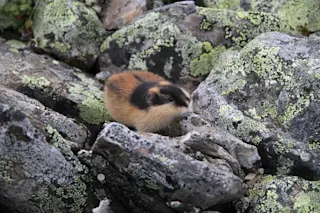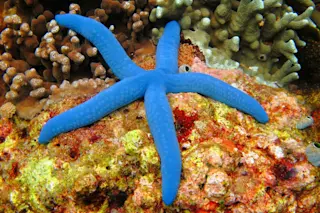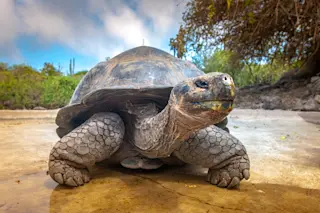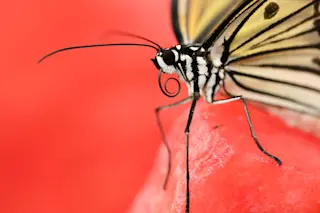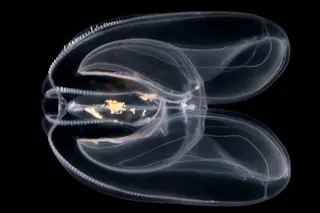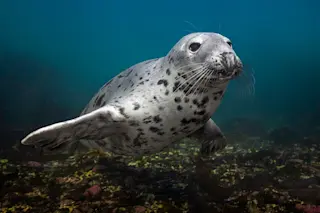The island of Hirta, on the western coast of Scotland, is home to a special breed of sheep. Soay sheep, named after a neighbouring island, are the most primitive breed of domestic sheep and have lived on the isles of St Kilda for at least a millennium. They're generally smaller than the average domesticated sheep, and that difference is getting larger and larger. Over the last 20 years, the Soay sheep have started to shrink.
They are becoming gradually lighter at all ages such that today's lambs and adults weigh around 3kg less than those from 1986. Their hind legs have also shortened to a similar degree, suggesting that they have indeed shrunk, rather than fallen increasingly ill.
The reasons behind this downward trend have now been revealed by a group of British scientists led by Arpat Ozgul from Imperial College. Using decades' worth of data, the team showed that ...




